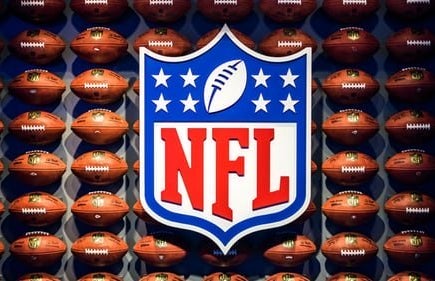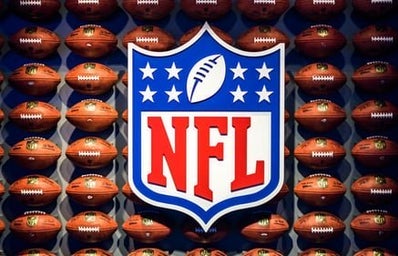Superbowl Sunday is an unofficial holiday in the U.S. It is the day that has the highest broadcasting in all of America. While the football game is riveting, the halftime show is thrilling, and the commercials are entertaining, it is easy to forget what is seemingly missing among all the hype – the women.
Football is regarded as a masculine, male-dominated sport, but how does that translate into the way women are treated in the league?
In 2014, the National Football League took a stance, promising to take domestic abuse and sexual assault more seriously after a video of NFL player Ray Rice punching his fiancee was publicized. The NFL responded by speeding up the development of mandatory sexual assault training for all players, coaches, and employees. While developing this training, the NFL consulted with Kim Gandy, president of National Network to End Domestic Violence, and Esta Soler, founder of Futures Without Violence. However, Stoler and Gandy were disheartened when they saw that the training consisted of rushing to get through densely packed slides.
Six years post the implementation of the mandatory sexual assault training, Mark Quenzel, a senior executive in the NFL pushed a woman during the 2020 Superbowl Halftime show rehearsal. Investigating this matter, the league decided to remove him from the halftime show rehearsals and ordered that he attend anger management training. However, this same man is still a senior executive in the NFL two years later.
This was just one of many incidents uncovered when the New York Times recently interviewed thirty women regarding their experiences working for the NFL.
The persisting culture of dismissiveness to women is toxic and pervasive.
However, even with the NFL’s lack of accountability and prevention, it is still important to recognize the progress the NFL has made recently with regards to diversity hiring, specifically with women. This season the NFL has broken a record with twelve female coaches.
The Women’s Carrer in Football Forum (WCFT) is an annual conference where the NFL identifies and recruits women working in college football. Through the WCFT, this year 174 additional opportunities for women have been created which has led to 21 additional women being hired in the league with a large majority of them being women of color.
As the NFL transitions and creates more opportunities in the league for women, the demographics in the stadium have changed as well. The number of female fans has drastically increased with 38% of dedicated NFL fans being female in 2019.


